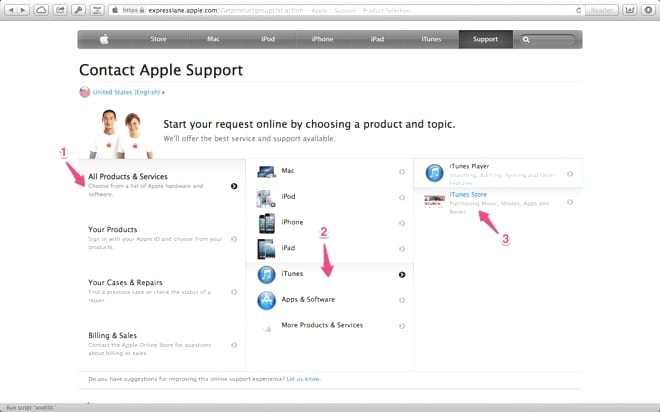Streamlining Your Music Collection: A Comprehensive Guide to Downloading and Organizing iTunes Libraries with Support for Related Keywords

Welcome to our comprehensive guide on how to streamline your music collection through downloading and organizing iTunes(Visit our site) libraries with the support of related keywords. Whether you’re an avid music listener or just starting to build your digital library, this guide will provide you with easy-to-follow steps to ensure your iTunes is organized, efficient, and personalized to your preferences. With our support for related keywords, finding songs and albums has never been easier. So, let’s dive in and get started on creating the ultimate iTunes experience.
When it comes to music, there are few tools as useful as iTunes. Not only does it allow you to browse and purchase new music, but it also provides an all-in-one solution for organizing your existing collection. However, if you’re like many iTunes users, you might find that managing your music library can be a daunting task. Thankfully, with the right approach, it’s possible to streamline your collection and keep it organized for years to come.
In this comprehensive guide, we’ll take a look at some of the best practices for downloading and organizing your iTunes library. We’ll cover everything from basic file management to advanced keyword tagging, so you can get the most out of your music collection.
Step 1: Choose Your Music Sources
The first step in streamlining your iTunes library is to decide where you’re going to get your music from. There are several options available including purchasing music from the iTunes Store, importing CDs, or downloading files from online sources. Decide which sources you want to use and make sure you have access to them before moving on to the next step.
Step 2: Organize Your Files
Once you’ve chosen your music sources, it’s time to start organizing your music files. This involves creating folders for each album or artist and placing the corresponding files in those folders. You should also make sure that your file naming convention is consistent across your entire library. This will make it easier to search for and find specific tracks later on.
Step 3: Import Your Music into iTunes
With your files organized, it’s time to import them into iTunes. To do this, simply go to File > Add to Library and select the folder(s) containing your music files. iTunes will analyze each file and add it to your library.
Step 4: Fill in Metadata
One of the key features of iTunes is its ability to display metadata about your music files, including track titles, artists, and album art. To take advantage of this feature, you should make sure that each of your music files has accurate metadata. This can be done manually by right-clicking on a file and selecting Get Info, or automatically using third-party software like TuneUp.
Step 5: Create Playlists
Once your music is imported into iTunes and properly tagged, it’s time to start creating playlists. These can be based on genre, mood, or any other criteria you choose. Creating playlists allows you to quickly access specific groups of songs without having to search through your entire library.
Step 6: Use Keywords to Tag Your Music
In addition to basic metadata, you can also use keywords to tag your music files. These can include things like the year the song was released, the tempo of the song, or any other attribute that might be relevant to your collection. Using keywords makes it easy to browse your library based on specific criteria and find exactly what you’re looking for.
Step 7: Keep Your Library Up-to-Date
Finally, it’s important to keep your iTunes library up-to-date. This means regularly adding new music, removing duplicate files, and updating metadata as needed. By keeping your collection organized and current, you’ll be able to enjoy your music more easily and effectively.
In conclusion, streamlining your iTunes library doesn’t have to be a difficult or time-consuming process. With the right tools and techniques, you can create a well-organized, keyword-tagged music library that’s easy to navigate and enjoy. So, start today and discover just how great your music collection can be!